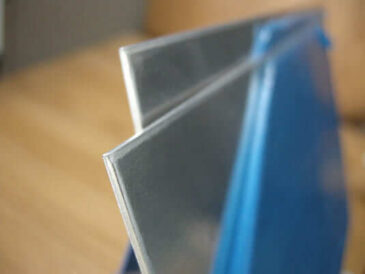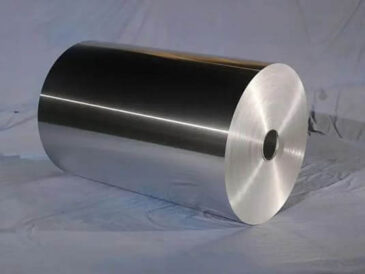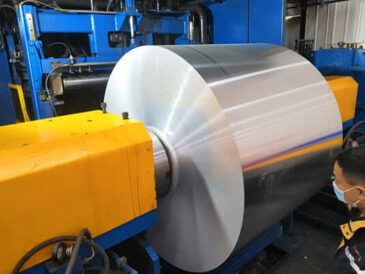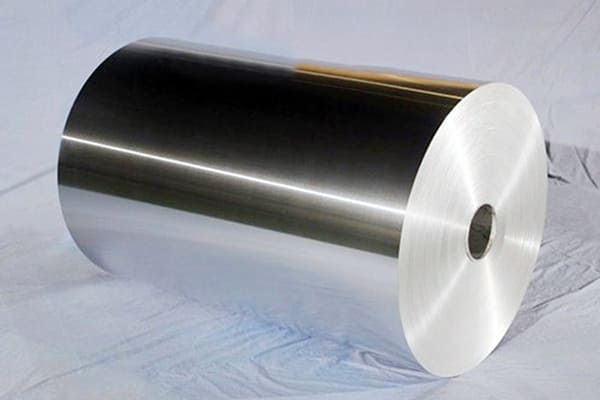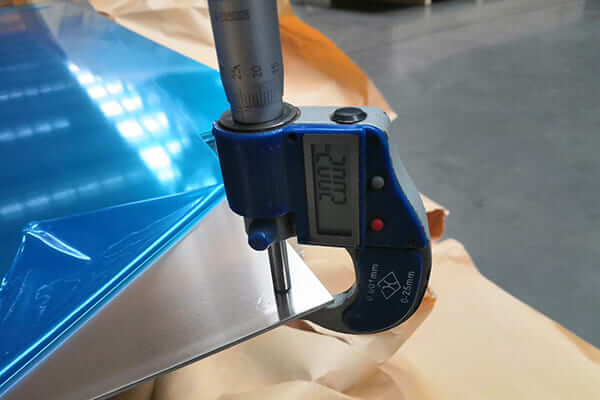What is 1060 aluminum strip grade?
1060 aluminum strip alloy is the most commonly used aluminum alloy in the 1XXX series, also known as 1060 pure aluminum strip. When the aluminum content in the aluminum alloy reaches more than 99.6%, this series of aluminum alloys is referred to as pure aluminum, high-purity aluminum, industrial pure aluminum, etc.
1000 series 1060 This series of aluminum alloys is the most commonly used series. It has fast production speed, simple production process, and relatively mature technology. Its price has a huge advantage compared with other series of aluminum alloys. This series of aluminum alloys The price is relatively cheap.

1060 aluminum strip
1060 aluminum strip chemical composition
| Aluminum strip 1060 element content (%) | |||||||||
| Alloy | Aluminum Al | Silicon Si | Copper Cu | Magnesium Mg | Zinc Zn | Manganese Mn | Titanium Ti | Iron Fe | Single |
| 1060 | 99.60 | 0.25 | 0.05 | 0.03 | 0.05 | 0.03 | 0.03 | 0.350 | 0.03 |
1060 aluminum alloy material temper:
1060 O, 1060 H12, 1060 H14, 1060 H16, 1060 H18, 1060 H24, 1060 H26, 1060 H32, 1060 H111, 1060 H112
| Product | 1060 Aluminum Strip |
| Property | Anti-Corrosion, Heat Resistant |
| Temper | O, H12, H14, H16, H18, H24, H26, H32, H111, H112 |
| Thickness | 0.2mm – 60mm |
| Width | 20mm – 600mm |
| Coil Weight | 2-4 tons |
| Payment Term | TT, LC,etc |
| Delivery Time | Future goods:15-20 Work days, Ready Stock:7-10 days. |
| Supplier | Huawei Aluminum |
1060 aluminum strip features
1060 aluminum tape has good elongation and tensile strength, can meet conventional processing requirements (stamping, drawing), and has high formability.
Aluminum strip 1060 has medium strength: 1060 aluminum alloy usually has relatively low strength and is suitable for some applications that do not require very high strength.
Aluminum strip 1060 has good electrical conductivity: 1060 has high purity and good electrical conductivity, so it is often used in electrical wires, cables, transformer coils and other applications.

1060 aluminum strip for sale
Processability: 1060 aluminum strip is easy to process and can be made into aluminum strips of different shapes by rolling, stretching, etc. This processability gives it flexibility in some manufacturing processes.
Strong corrosion resistance: 1060 aluminum alloy strip has good corrosion resistance to air and water vapor, but it may require protective treatment in some corrosive environments.
Wide range of applications: 1060 aluminum strip is commonly used in electronics, construction, automobiles, packaging and other fields, such as manufacturing aluminum foil, containers, cables and other products.
What is 1060 aluminum strip used for?
1060 aluminum strip is made from high-purity aluminum and has some specific properties that allow it to find a wide range of uses in a variety of applications. The following are common uses of 1060 aluminum strips:
Electronics industry: Because 1060 aluminum alloy has good electrical conductivity, it is widely used in the manufacturing of electronic products, such as cables, electrical wires, transformer coils, etc.
Packaging: 1060 aluminum strip is often used to make food packaging materials, such as aluminum foil. Aluminum foil has good corrosion resistance and sealing properties, and can protect food from external moisture, light and odors.
Construction: 1060 aluminum strip can be used in the construction field, such as manufacturing roofs, wall panels, ceilings, etc. Its lightweight properties make it a popular building material, helping to reduce the weight of the overall structure.
Automobile industry: Due to the light weight and easy processability of 1060 aluminum alloy, it is widely used in automobile manufacturing to manufacture automobile shells, body panels, radiator fins and other components, helping to improve fuel efficiency.
Heat exchanger: 1060 aluminum strip is also used in the manufacture of heat exchangers, air conditioners and cooling equipment. Its superior thermal conductivity makes it an effective heat transfer material.
Decorative materials: 1060 aluminum strip can be used to make various decorative materials, such as decorative strips, signs, etc. Due to its strong plasticity, it can be easily processed into various shapes.
Chemical containers: Since 1060 aluminum alloy has good corrosion resistance to some chemical substances, it is also used in the manufacture of some chemical containers and pipelines.
What is the difference between 1050 and 1060 aluminum strip?
1050 aluminum strip and 1060 aluminum strip are both aluminum alloys. Due to their high purity and similar composition, they have many similarities. However, there are some differences between them.
1050 and 1060 similarities:
Purity: 1050 and 1060 aluminum strips are both high-purity aluminum alloys with an aluminum content of more than 99.5%.
Softness: They are both relatively soft aluminum alloys, suitable for applications that do not require high strength.
Formability: Both alloys have good formability and can be easily formed by processes such as rolling and drawing.
Conductivity: They have good electrical conductivity and are suitable for electrical and electronic applications.
Corrosion resistance: Both alloys have good corrosion resistance under normal atmospheric conditions.
1050 and 1060 difference:
Alloying Elements: The main difference is the alloying elements. Although both alloys are nearly pure aluminum, they may differ slightly in their content of impurities such as iron, copper, and silicon.
Mechanical Properties: Although both alloys are soft and have similar mechanical properties, the tensile strength, yield strength and elongation may differ slightly depending on the specific manufacturing process and conditions.
Applications: While applications overlap, specific industries may prefer one alloy over another due to subtle differences in properties. For example, 1050 and 1060 aluminum strips are commonly used in electronic components, packaging, construction materials, and a variety of other applications.
Cost: The cost of these alloys may vary and may depend on factors such as availability and regional supply.
Casting production process and its introduction
The purpose of melting and casting is to produce alloys with satisfactory composition and high purity of melt, so as to create favorable conditions for casting alloys of various shapes.
Melting and casting process steps: batching --- feeding --- melting --- stirring after melting, slag removal --- pre-analysis sampling --- adding alloy to adjust the composition, stirring --- refining --- static Setting——Guide furnace casting.
Hot rolling production process and its introduction
- 1. Hot rolling generally refers to rolling above the metal recrystallization temperature;
- 2. During the hot rolling process, the metal has both hardening and softening processes. Due to the influence of deformation speed, as long as the recovery and recrystallization process is too late, there will be a certain work hardening;
- 3. The recrystallization of the metal after hot rolling is incomplete, that is, the coexistence of recrystallized structure and deformed structure;
- 4. Hot rolling can improve the processing performance of metals and alloys, reduce or eliminate casting defects.
- 1. The casting and rolling temperature is generally between 680°C and 700°C. The lower the better, the stable casting and rolling line usually stops once a month or more to re-stand. During the production process, it is necessary to strictly control the liquid level of the front tank to prevent low liquid level;
- 2. Lubrication uses C powder with incomplete combustion of gas for lubrication, which is also one of the reasons for the dirty surface of casting and rolling materials;
- 3. The production speed is generally between 1.5m/min-2.5m/min;
- 4. The surface quality of products produced by casting and rolling is generally relatively low, and generally cannot meet products with special physical and chemical performance requirements.
- 1. Cold rolling refers to the rolling production method below the recrystallization temperature;
- 2. There will be no dynamic recrystallization during the rolling process, and the temperature will rise to the recovery temperature at most, and the cold rolling will appear in a work hardening state, and the work hardening rate will be large;
- 3. The cold-rolled sheet and strip have high dimensional accuracy, good surface quality, uniform structure and performance, and products in various states can be obtained with heat treatment;
- 4. Cold rolling can roll out thin strips, but at the same time, it has the disadvantages of high energy consumption for deformation and many processing passes.
- 1. Finishing is a processing method to make the cold-rolled sheet meet the customer's requirements, or to facilitate the subsequent processing of the product;
- 2. The finishing equipment can correct the defects produced in the hot rolling and cold rolling production process, such as cracked edge, oily, poor plate shape, residual stress, etc. It needs to ensure that no other defects are brought into the production process;
- 3. There are various finishing equipments, mainly including cross-cutting, slitting, stretching and straightening, annealing furnace, slitter, etc.
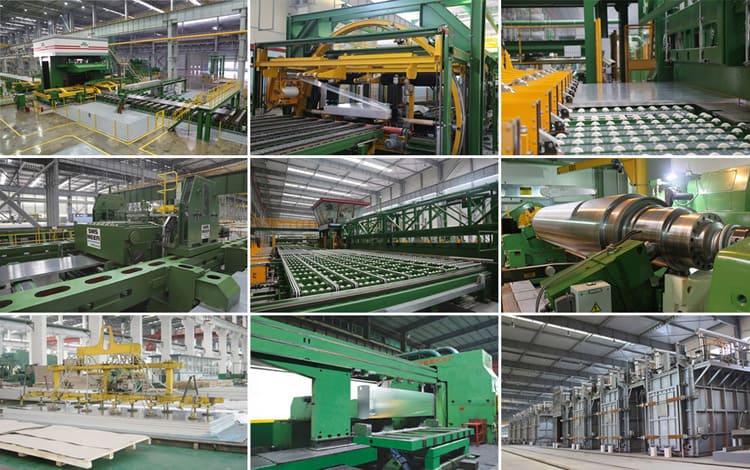
Casting and rolling process
Casting and rolling process: liquid metal, front box (liquid level control), casting and rolling machine (lubrication system, cooling water), shearing machine, coiling machine.
Cold rolling production process

Introduction to finishing production process
Aluminum alloy has the characteristics of low density, good mechanical properties, good processing performance, non-toxic, easy to recycle, excellent electrical conductivity, heat transfer and corrosion resistance, so it has a wide range of applications.
Aerospace: used to make aircraft skins, fuselage frames, girders, rotors, propellers, fuel tanks, wall panels and landing gear struts, as well as rocket forging rings, spacecraft wall panels, etc.
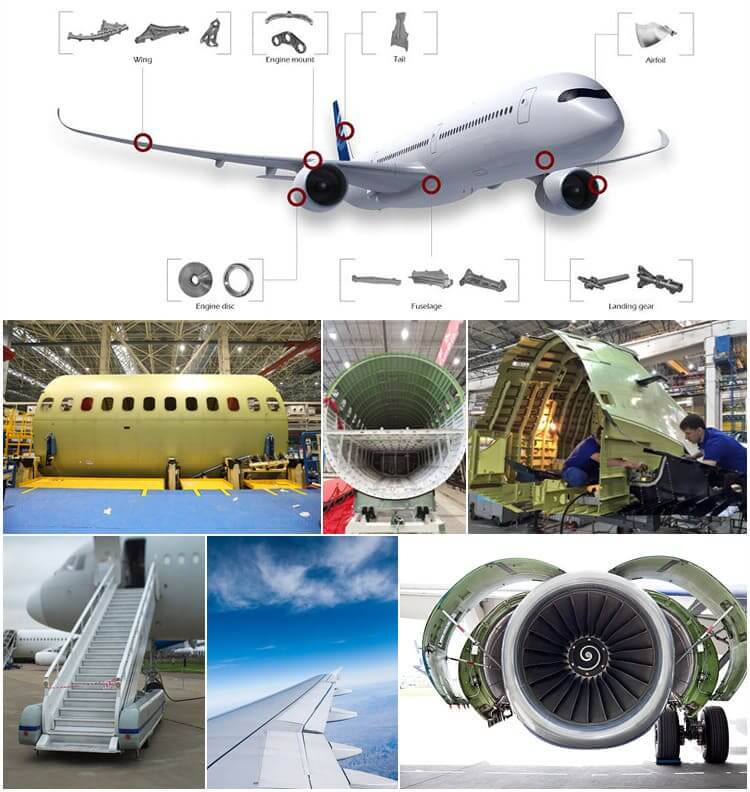
Aluminum alloy used for aerospace
Transportation: used for car body structure materials of automobiles, subway vehicles, railway passenger cars, high-speed passenger cars, doors and windows, shelves, automotive engine parts, air conditioners, radiators, body panels, wheels and ship materials.
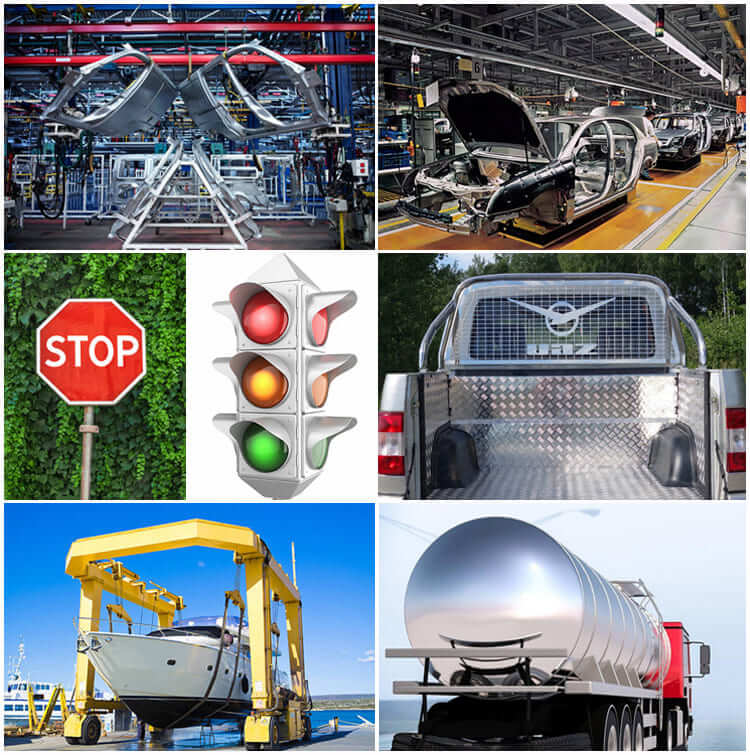
Traffic application
Packaging: All-aluminum pop cans are mainly used as metal packaging materials in the form of thin plates and foils, and are made into cans, lids, bottles, barrels, and packaging foils. Widely used in the packaging of beverages, food, cosmetics, medicines, cigarettes, industrial products, medicines, etc.
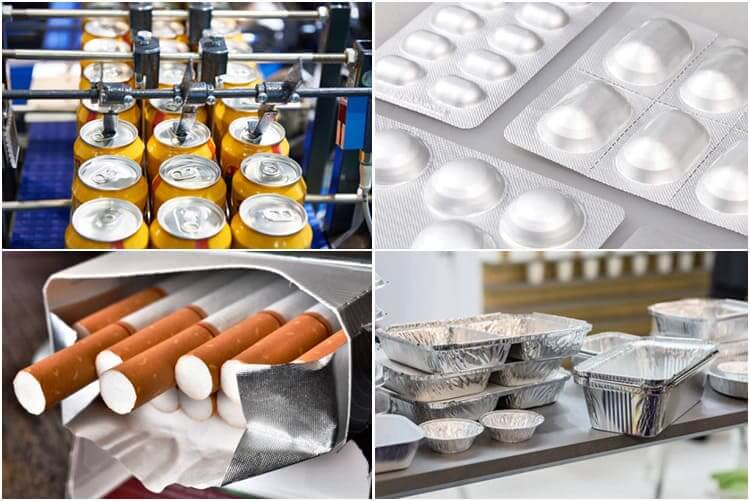
Packaging application
Printing: Mainly used to make PS plates, aluminum-based PS plates are a new type of material in the printing industry, used for automatic plate making and printing.

PS printing
Architectural decoration: aluminum alloy is widely used in building structures, doors and windows, suspended ceilings, decorative surfaces, etc. due to its good corrosion resistance, sufficient strength, excellent process performance and welding performance.
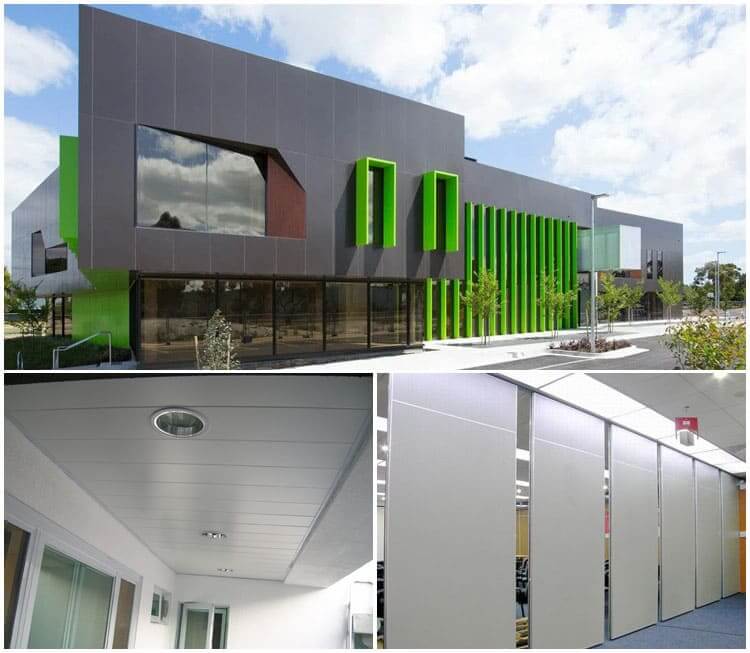
Aluminum alloy construction application
Electronic products: computers, mobile phones, refrigerator shells, radiators, etc.

Electronic product application
Kitchen supplies: aluminum pots, aluminum basins, rice cooker liners, household aluminum foil, etc.

Kitchen application
Packaging Of Aluminum Sheet/Coil
Every detail of packaging is where we pursue perfect service. Our packaging process as a whole is as follows:
Lamination: clear film, blue film, micro-mucosal, high-mucosal, laser cutting film (2 brands, Novacell and Polyphem);
Protection: paper corner protectors, anti-pressure pads;
drying: desiccant;
Tray: fumigated harmless wooden tray, reusable iron tray;
Packing: Tic-tac-toe steel belt, or PVC packing belt;
Material Quality: Completely free from defects such as white rust, oil spots, rolling marks, edge damage, bends, dents, holes, break lines, scratches, etc., no coil set.
Port: Qingdao or other ports in China.
Lead time: 15-45 days.

Aluminum sheet/plate packaging process
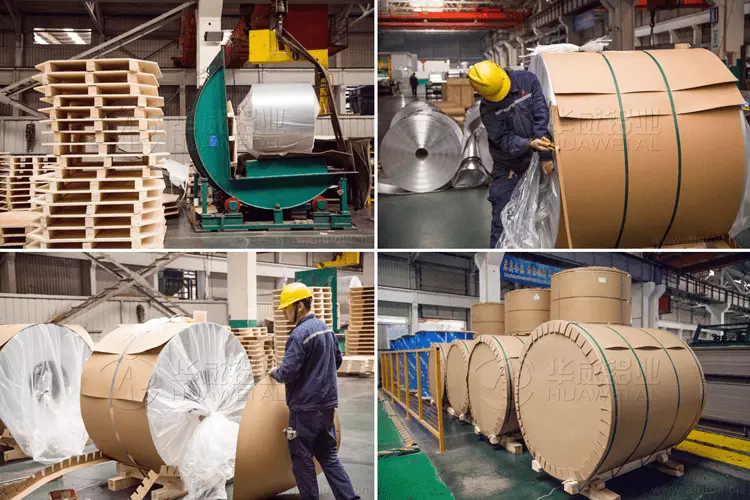
Aluminum coil packaging process
F: Are you a manufacturer or a trader?
Q: We are a manufacturer, our factory is at No.3 Weier Road, Industrial Zone, Gongyi, Henan, China.
F: What is the MOQ for ordering the product?
Q: Our MOQ is 5 tons, and some special products will have a minimum order quantity of 1 or 2 tons.
F: How long is your lead time?
Q: Generally our lead time is about 30 days.
F: Do your products have quality assurance?
Q: Yes, if there is a quality problem with our products, we will compensate the customer until they are satisfied.
Related Products
Latest Blogs
6061 vs 7075 aluminum
"6061" and "7075" are two common aluminum alloy grades, which are widely used in many industrial fields, especially in aviation, aerospace, transportation and structural manufacturing.
Aluminum Foil Used in Air Fryers
Aluminum foil is widely used in daily life, mainly due to its light weight, good ductility, moderate price, and excellent heat conduction and light-shielding properties.
Reasons why the surface of honeycomb aluminum foil cannot be bonded with the adhesive
Aluminum honeycomb panels have good performance in use. They have good strength and good impact resistance. They can be well designed in use. Therefore, they are widely used at present.
Introduction hardness of 1000-8000 series aluminum alloys
1000-8000 series basically covers all aluminum alloy series products. Different series of products have different performance and hardness.






